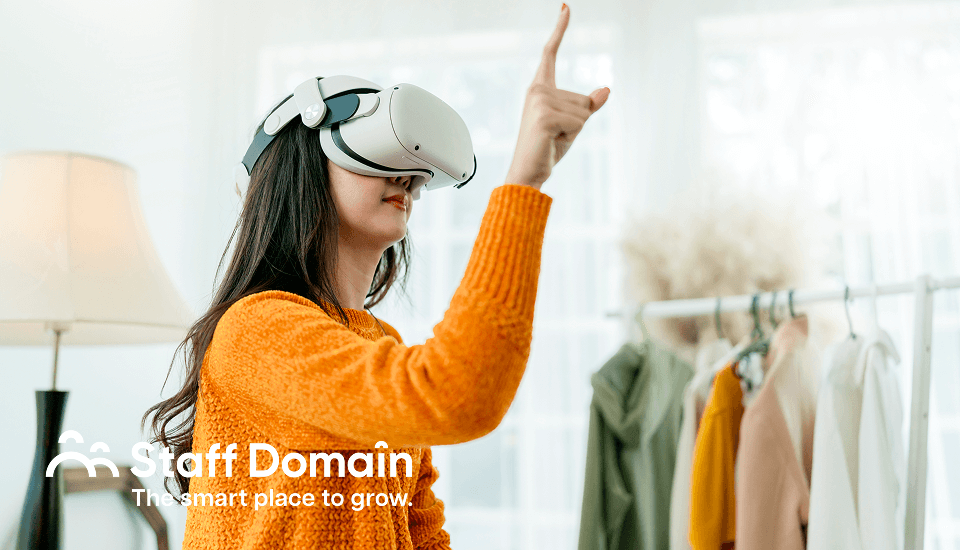Uncertainty is one of the biggest hurdles people face when shopping online. When they are not sure if they’ll get the item they expect, they may hesitate during checkout; they want to make sure that what they see is what they’ll get.
This is where augmented reality (AR) comes handy. With AR, customers can see and, in some ways, “have a feel” of what the product is. For example, anyone shopping for clothes can have a virtual fit check. Those looking for furniture or appliances can see how the items would look inside their homes. The demand is growing, and businesses that embrace AR are staying ahead of the curve.
This article explores how augmented reality is transforming e-commerce, improving customer experience, and driving sales. We’ll also look at how businesses can implement AR and what the future holds for this game-changing technology.
What is Augmented Reality in E-Commerce?
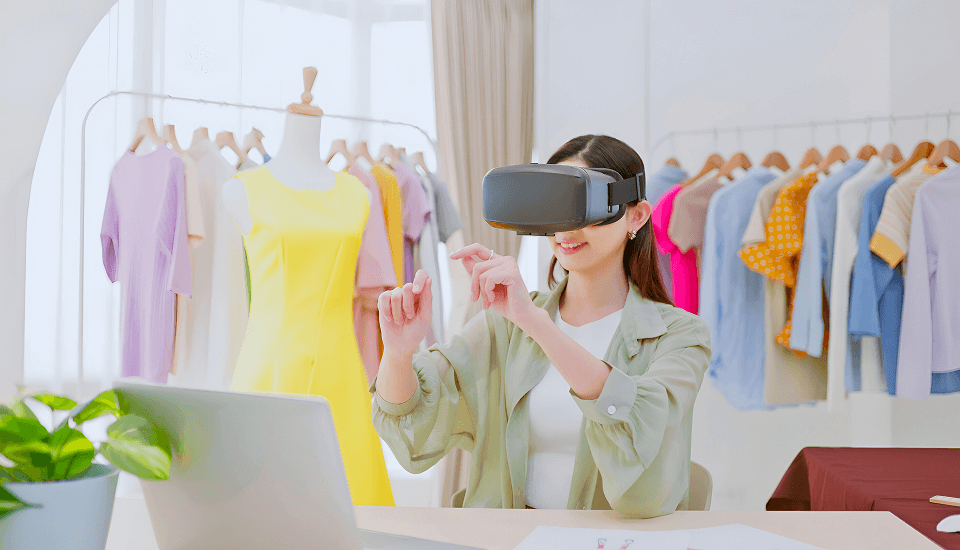
Augmented reality (AR) basically uses technology to help consumers “have a feel” of the items they are planning to buy. It enhances what users see by adding interactive features such as images, text, and sound. While AR is widely used in gaming, advertising, and in-store experiences, its role in e-commerce is rapidly expanding.
AR enables customers to engage with products virtually, providing a more immersive and realistic shopping experience. Instead of guessing how a piece of furniture will fit in their living room or whether a lipstick shade will suit them, shoppers can literally see how it would look before buying.
Big brands are already capitalising on this. IKEA’s AR-powered app lets customers visualise furniture in their homes. This helps make the decision to buy easier and faster.
Enhancing the Customer Experience Through Augmented Reality in E-Commerce
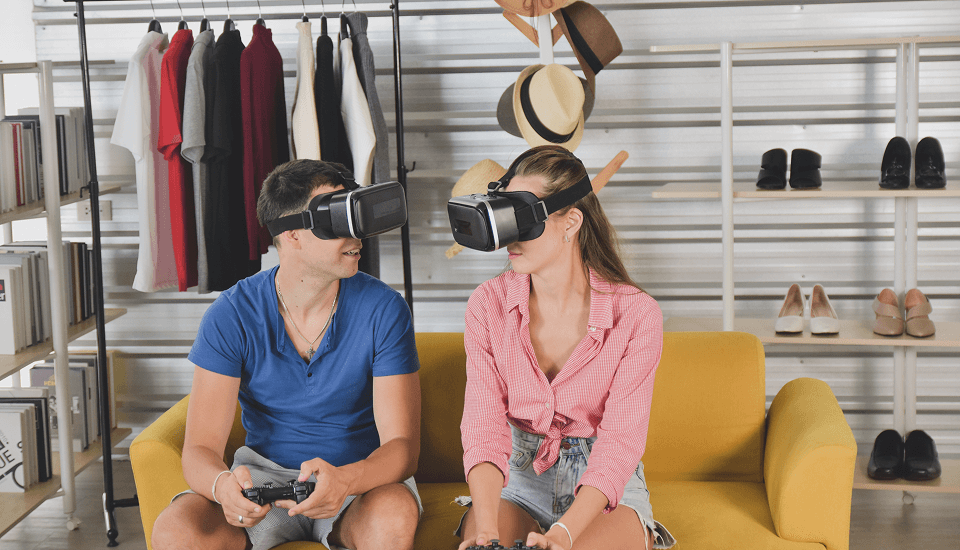
Customer experience is at the heart of every e-commerce success story. While online shopping offers convenience, it lacks the ability to physically interact with products. This is where AR steps in, bridging the gap between digital and physical shopping.
Virtual Try-Ons
For industries like fashion, beauty, and accessories, the ability to try before you buy is crucial. AR-powered try-ons make this possible:
- Fashion: Brands like ZARA use smart mirrors that display how clothing fits and looks without customers needing to try it on physically.
- Beauty: AR applications let shoppers test makeup using facial recognition technology, helping them find the perfect shade of lipstick, foundation, or eyeshadow.
- Accessories: Trying on glasses, hats, or watches is easier with AR. Customers can see real-sized, real-style previews, improving confidence and reducing returns.
Interactive 3D Product Previews
Buying large items like furniture and electronics online can be risky—will it fit? Will it match the décor? AR-powered 3D previews eliminate guesswork by allowing customers to see products in their actual space.
- Furniture and home décor: Apps like IKEA Place let users place virtual furniture in their homes, giving people the chance to see how the pieces would look in their home’s current layout and style.
- Electronics: Brands like Apple and Samsung offer 3D previews of gadgets, allowing customers to explore them from every angle and compare colour options.
- Automotive: Car brands like Audi and BMW use AR to create virtual showrooms where shoppers can explore interiors, customise features, and visualise colour choices.
Business Benefits of Augmented Reality in E-Commerce
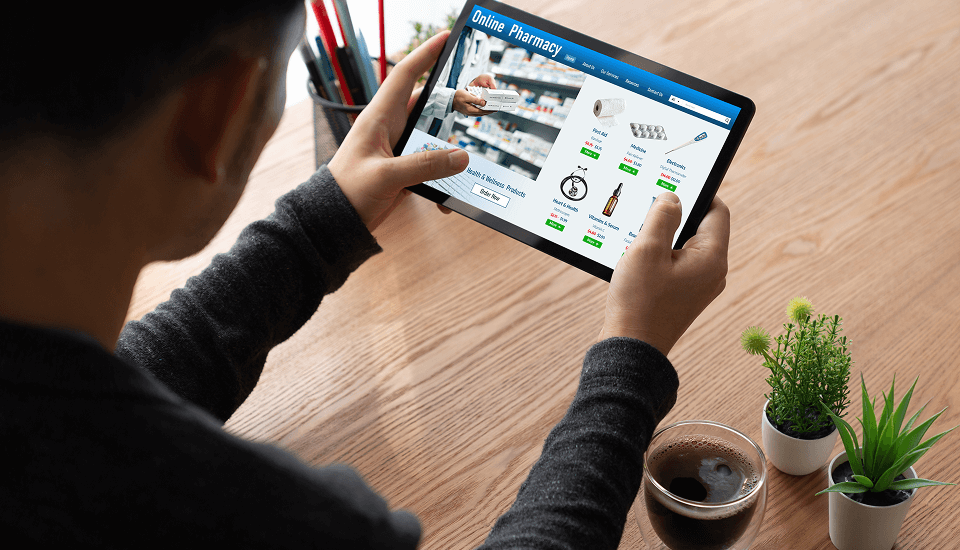
Beyond improving the shopping experience, AR has a direct impact on business growth. It drives sales, reduces return rates, and enhances customer engagement.
Lower Return Rates
Returns are a costly challenge for e-commerce businesses, often resulting from incorrect sizing, colour discrepancies, or unmet expectations. AR minimises these issues by providing accurate, realistic product previews, helping customers make informed decisions.
Increased Customer Confidence
Uncertainty leads to abandoned carts. AR reduces hesitation by allowing customers to see products in their own space, making them more likely to complete their purchase. Studies show that 71% of shoppers are more likely to buy from brands that offer AR experiences.
Improves Customer Engagement
Traditional e-commerce platforms struggle to keep users engaged. AR transforms passive browsing into an interactive experience with:
- 3D product exploration (zoom, rotate, and examine items in detail)
- Personalised recommendations based on user preferences
- Gamified shopping experiences (e.g., Coca-Cola’s #TakeATasteNow campaign offering discounts through AR interactions)
Competitive Edge and Impulse Buying
In a saturated market, differentiation is key. AR helps businesses:
- Gain early adopters and brand loyalty by being first movers in AR shopping experiences.
- Encourage impulse purchases by reducing hesitation.
- Convert social media browsers into customers with AR-powered try-on features on platforms like Instagram and Snapchat.
Future Trends in Augmented Reality in E-Commerce
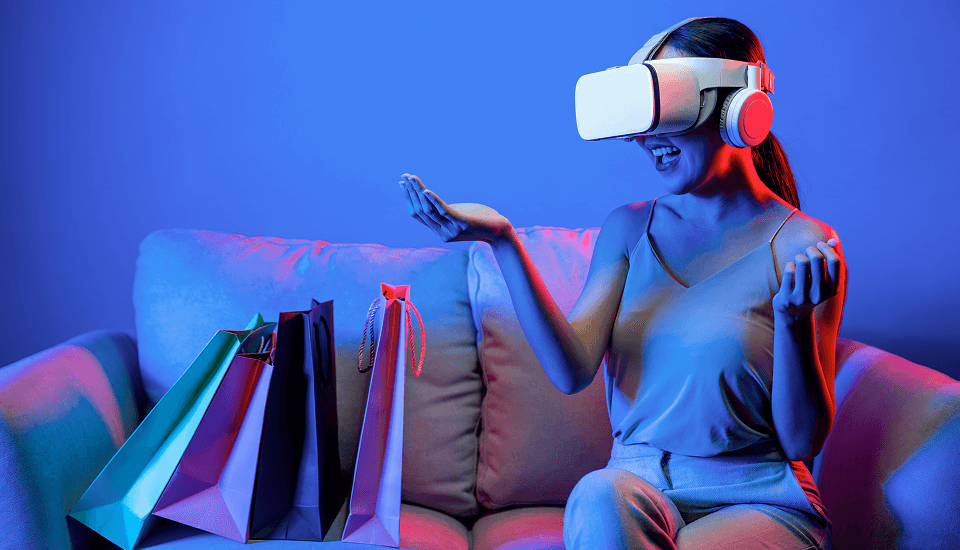
Augmented reality is still evolving, and its potential for innovation is massive. Here are two trends shaping the future:
Artificial Intelligence Integration
AI and AR together create a powerful duo. AI-driven algorithms can analyse customer behaviour, purchasing history, and preferences to offer tailored AR experiences. For example, beauty brands can use AI to recommend makeup shades based on skin tone and past purchases.
Web AR
Currently, most AR experiences require dedicated apps, creating barriers to adoption. WebAR eliminates this hurdle by allowing users to access AR features directly through their web browsers—no app download required. Customers can interact with AR experiences via links or QR codes, making AR more accessible than ever.
Conclusion: Augmented Reality in E-commerce for Enhanced Customer Experience
Hesitation when shopping online is a real challenge, but augmented reality is proving to be a possible solution. By allowing customers to visualise products in their real-world environments, AR enhances confidence, reduces return rates, and increases conversions.
From virtual try-ons to interactive 3D previews, AR is not just a trend—it’s the future of e-commerce. And as AI-powered personalisation and WebAR continue to develop, businesses that embrace AR now will be the ones leading the digital shopping revolution.
Staff Domain’s offshore outsourcing solutions connect your business to a highly experienced global talent pool for game-changing results. Manage your offshore workforce effortlessly with our comprehensive compliance, payroll, and HR support, and benefit from fixed, transparent pricing in your local currency. Contact us today or schedule a meeting with our Sales team to quickly source the right offshore team for your business.
FAQs: Enhancing E-commerce Customer Experience with Augmented Reality
1. Is Augmented Reality the same as Virtual Reality?
No. Augmented reality overlays digital objects onto the real world, while virtual reality immerses users in a completely digital environment. AR is more practical for e-commerce because it allows customers to see products in their actual spaces.
2. How does AR help reduce product return rates?
AR provides accurate visual representations of products, helping shoppers make informed decisions and reducing mismatches in size, colour, and style.
3. How does Augmented Reality enhance the online shopping experience?
AR allows customers to:
- See products in their space using 3D previews
- Try on fashion, accessories, and beauty products virtually
- Interact with products in real time by zooming, rotating, and customising them
- Receive personalised recommendations based on their preferences
4. Do customers need special devices to use AR features on e-commerce sites?
In most cases, no. AR experiences are accessible through smartphones, tablets, and desktops with cameras. WebAR solutions enable users to engage with AR directly from their web browsers, eliminating the need for additional apps or devices.





